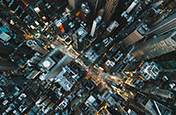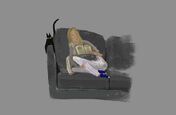An introduction to camera shot types.
Start thinking like a cinematographer. Explore the most common types of camera shots and learn when and how to use them for the greatest effect.
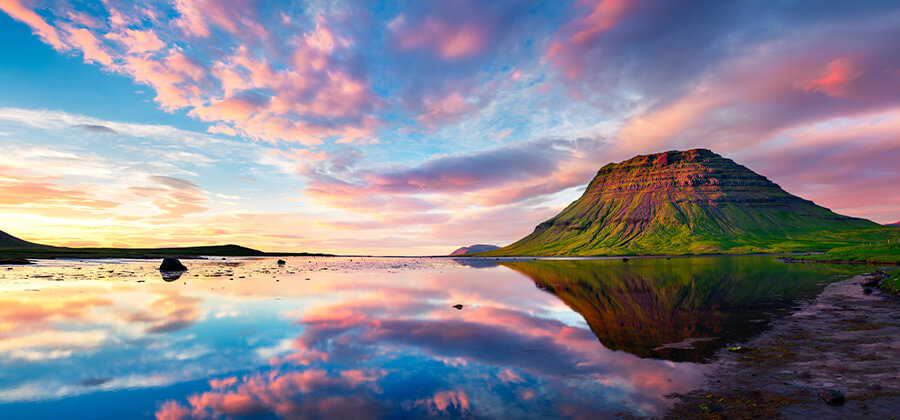
Go from miles away to behind someone’s eyes.
Charlie Chaplin once said, “Life is a tragedy when seen in close-up but a comedy in long shot.” Shot choice can drastically affect a scene’s tone. Good directors go beyond basic camera coverage (the minimum amount of footage needed to cut together a sequence) and think about character and story as they plan their shots.
When prepping a scene, husband-and-wife writer-directors Ruckus and Lane Skye ask themselves two questions: From whose point of view is this scene happening? And what do we want the audience to feel?
“If you randomly pick cool shots without thinking about those two things, you’ll end up with a mishmash,” Ruckus Skye explains. “You’ll end up in the edit trying to answer those questions, but you won’t have those shots because you weren’t thinking that way.”
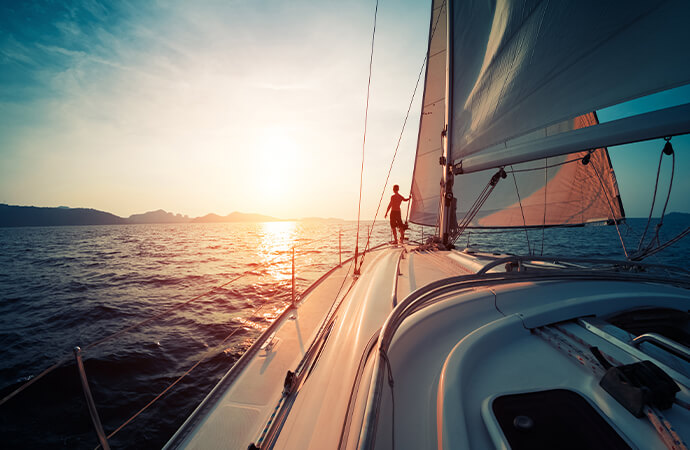
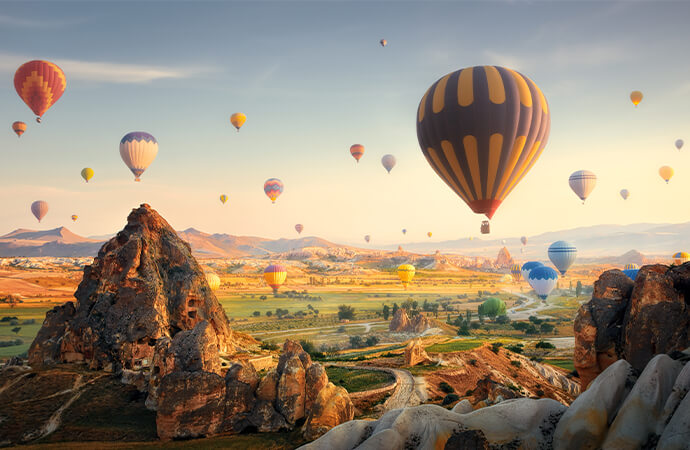
Discover a range of camera shots.
Filmmakers have experimented with new camera shots and angles since the development of the first motion-picture cameras. This list of shot types offers an overview of frequently used options, but filmmakers continue to invent new ways to tell stories.
Wide shots.
Wide shots and extreme wide shots (also known as “long shots” and “extreme long shots”) are commonly used as establishing shots. They cover a broad area, such as the endless desert in Lawrence of Arabia or endless traffic jam in La La Land. Figures, if included at all, appear small in the frame. These shots tell the audience where and when the action takes place. They’re useful for portraying subjects in motion, as they capture the entirety of the subject as well as the landscape. These types of shots can do thematic work as well, conveying the power of nature (or society, if the shot contains buildings) compared to the individual.
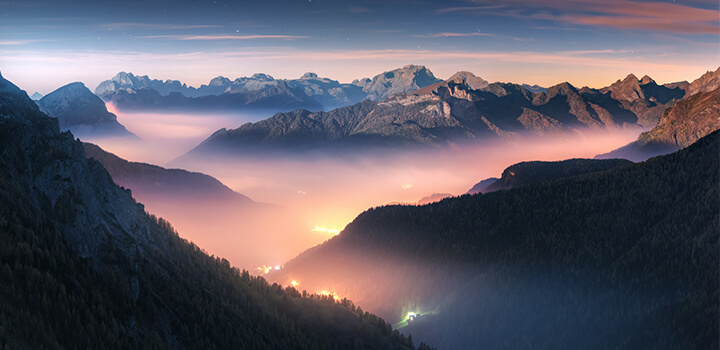
Master shots — shots that capture all of the action happening in a scene — are usually wide shots. Because they record everything, these are crucial shots for basic coverage. Editors can let a scene breathe by cutting to the master shot during pauses in action or dialogue.
A shot with two subjects is known as a two-shot. By capturing the subjects’ interaction, their distance from one another and their body language, a two-shot can tell the viewer a lot about their relationship. “We try to keep the two-shots for the majority of a scene and then use the single or the tight shot for a killer line or important detail,” Ruckus Skye says.
Medium shots.
A medium shot captures the subject in more detail, whether it’s a medium-long shot (3/4 shot) or a medium close-up (from the shoulders up). A traditional medium shot shows the subject from the waist up — the important part of the subject and some background. A medium close-up captures the subject from the shoulders up, giving more frame space to the subject’s facial expressions.
In the 1930s, American filmmakers started using a style of medium shot known as a cowboy shot, which portrayed gunslingers from hat to mid-thigh to include their holsters. Modern films use cowboy shots to show a subject’s body language and some background while still capturing their facial expressions. In Wonder Woman, for example, a cowboy shot captures Diana as she crosses the battlefield, punching away bullets and smiling at her sense of her own power.
An over-the-shoulder shot is a type of two-shot that can also be a medium shot. The back of one subject is in the foreground, while the camera looks past them and focuses on the other subject, who’s speaking or reacting to the first. “That’s an example of a subjective shot,” says director and producer Neal Holman. “You’re over the shoulder of one specific character trying to get their viewpoint into the scene.”
The crucial visual isn’t always on the person talking. Reaction shots are hugely important for character and story development. “Some of my favourite acting moments are when actors are listening,” Ruckus Skye says.
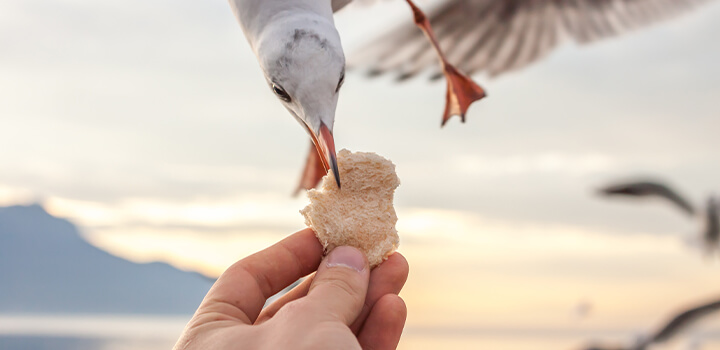
Close-up shots.
In close-ups, the subject’s face fills the frame. Italian director Sergio Leone became famous in the 1960s for extreme close-ups in his “spaghetti westerns.” Known now as Italian shots, these filled the frame with just the eyes or mouth of the subject, heightening the tension in the moments preceding violence.
Close-up shots allow for intense expression of emotion. “The closer you get, the more the viewer is going to identify with the character,” says writer and filmmaker David Andrew Stoler. “If you really want them to feel something in an extreme way, then you should get super close.”
One classic camera move is the push-in. “If you want the viewer to empathise with or understand the depth of a character, you can slowly push in on that character — make them bigger in the frame,” Stoler says. “That aligns the viewer with that character.” By contrast, a push-out highlights a character’s isolation. “You’re increasing the world around them and the distance between the viewer and the subject,” Stoler says. These types of moving shots usually require a dolly, jib or Steadicam.
Cut-ins or inserts, are close-up shots that capture small details like a subject’s hands or feet. If a character looks at a text on their phone, the director might want to capture a close-up of the phone screen. The cutaway, the opposite of the cut-in, jumps from the subject to something else, like from the startled expression on an actor’s face to a barking dog or from a ball crossing the goal line to fans cheering in the stands. Gathering shots like these can be useful for editing together multiple takes of the same scene.
Point-of-view shots.
In a point-of-view or POV shot, the camera is metaphorically inside the subject’s head, seeing the world through their eyes. Representing the perspective of a character, the camera can move in every way the subject can move. These shots can be intense — and potentially nauseating — for the audience (think of the POV captured by GoPro-mounted helmets). But they can also make for impactful storytelling as they capture the immediacy of lived experiences.
Camera angles and what they communicate.
The angle from which you shoot and the camera’s distance from the ground should always be conscious choices. Shooting upward or downward on a subject can subtly cue the audience into a character’s mental state or level of power compared to other characters in a scene.
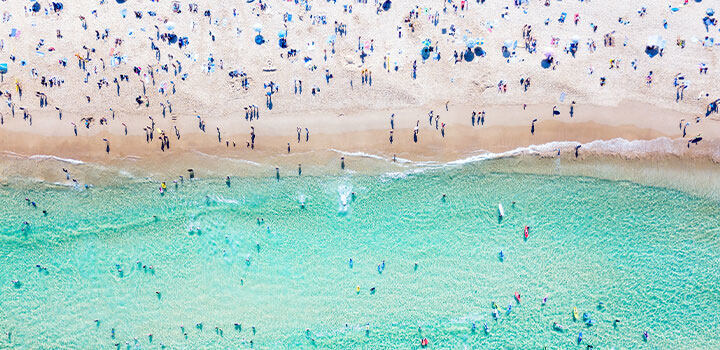
Bird’s-eye view.
Looking down from above, this aerial shot may suggest the smallness of the subjects below or the vastness of their environment.
Eye-level, high-angle and low-angle shots.
Eye level is the angle of everyday life. This nonjudgmental camera angle doesn’t have the same storytelling effect as shooting from above or below a subject. The Skyes avoid eye level in their work. “There’s no perspective,” Lane Skye says. “When you’re above a character looking down, they feel smaller,” Ruckus Skye adds. “They’re maybe not as confident or powerful. And if you look at any superhero, you’re always looking up at them. That’s a cliche, but you can do that on smaller levels and it’s more subconscious.”
Look for shots that work visually and thematically.
Whether you’re shooting a music video, commercial or documentary, consider the story you’re telling. What will draw the audience in and make them feel what you want them to feel?
If you don’t know which type of shot to use for a scene, storyboard director Kevin Mellon says, “you can prepare yourself by studying film, studying comics and animation and developing an arsenal of shots.” Once you’ve mastered the vocabulary, the key is planning. “It’s the only free part of filmmaking,” Ruckus Skye says.
Planning, in this case, means thinking deeply about character and action and putting together a shot list before you start shooting. That list will help to ensure you get the coverage you need and it will force you to answer those two crucial questions: Whose point of view are you showing and what do you want the audience to feel? When you know the answers to those questions, you’ll have a better handle on the story you want to tell and what shots will help you to tell that story.
Contributors
You might also be interested in…
Establishing shots are crucial because they tell us where and often when, the action is happening.
Learn how to create a shot list that guides the crew through all of the day’s camera set-up.
Introduction to video editing.
Learn the principles of video editing and practical tips for both big and small screens.
How to get started on storyboarding.
See how this artistic storytelling skill helps bring ideas to the big and small screen.
Get Adobe Premiere Pro
Create flawless productions with the industry-leading video editing software.
7 days free, then NZ$44.51/mo. incl. GST
